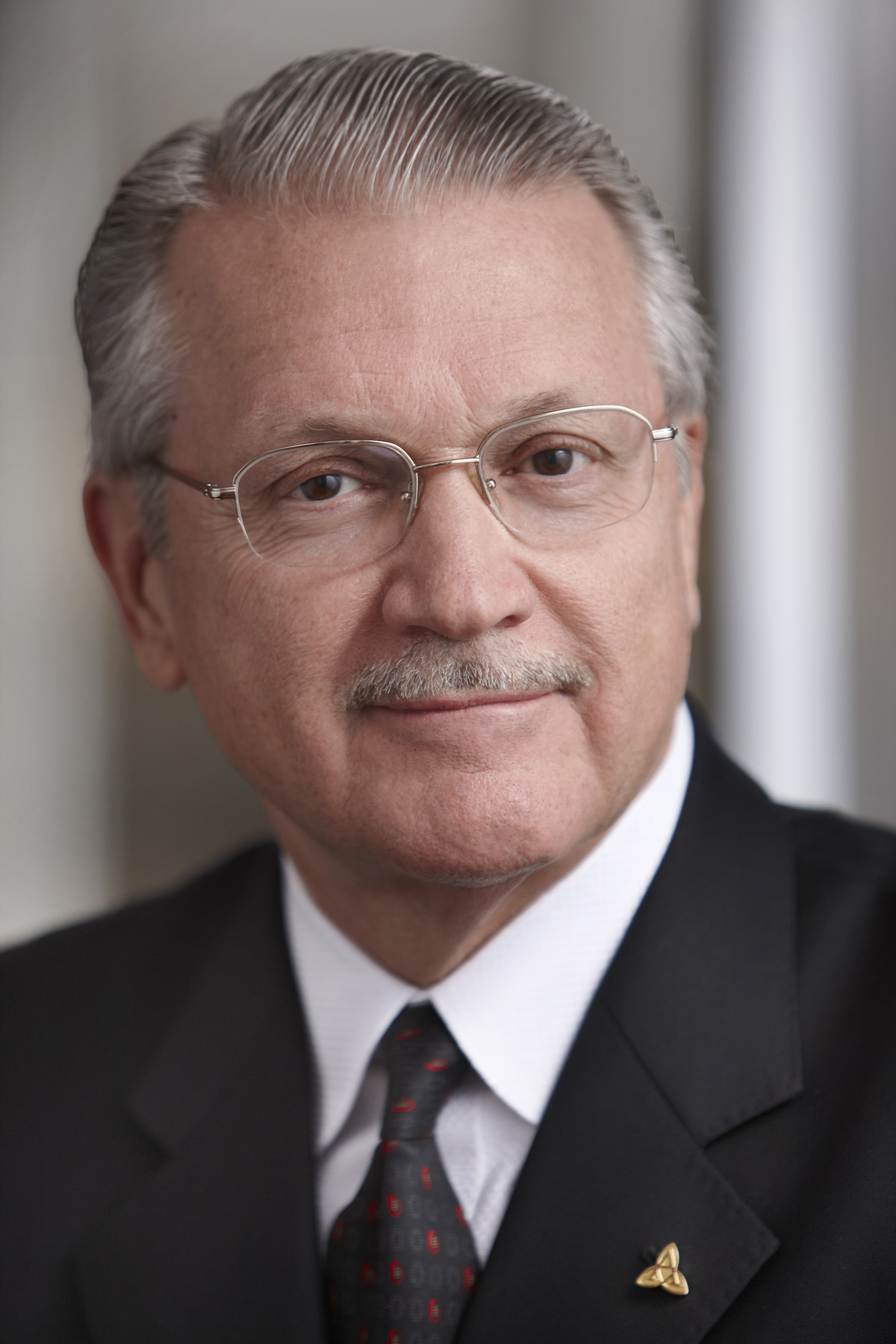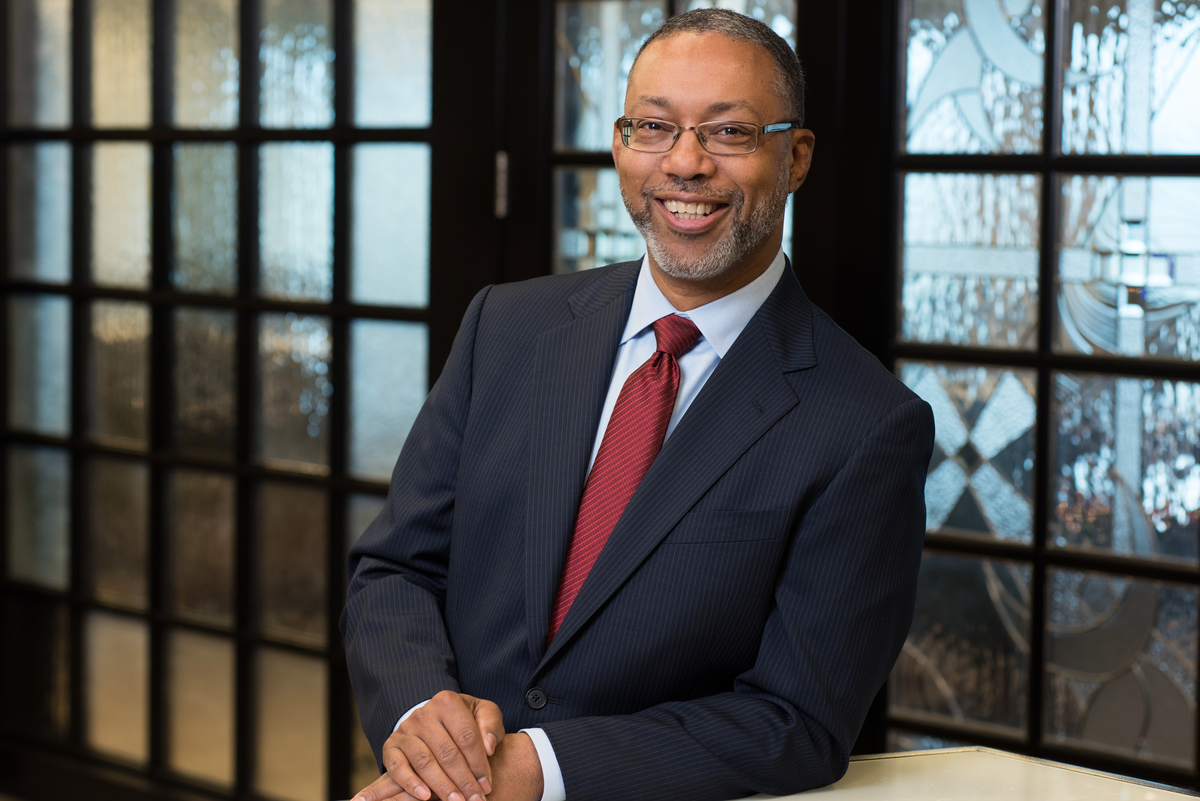Throughout the past year, we've asked hospital and health system CEOs this question: "If you could eliminate one of the healthcare industry's problems overnight, which would it be?"
Here's what they said.
Note: Reponses were lightly edited for length and clarity.
John Jay Shannon, MD
CEO of Cook County Health & Hospitals System (Chicago)
September 2015
"Access to care would be the one. It's very interesting; I've practiced in public health systems virtually my entire career as a physician, and it's very striking when you see the gap between healthcare access and healthcare quality across the spectrum of the United States. It turns out to be a very local phenomenon. I meet with colleagues who are at other safety-net institutions, and it's striking to hear how different they are. Hospitals are a product of that city, county and state, with our federal policy kind of in the background. Even in the safety-net community, there is a big difference between one and the next. That's peculiar. 
For the wealthiest country in the world…to not have figured out access to basic healthcare as a fundamental right for individuals, I think is a little bit of a national embarrassment.
The second part is really about recognizing that healthcare access is only one part of the problem. One thing people are increasingly recognizing is that the traditional delivery of healthcare, which most health system CEOs grew up with, has a modest impact on the health of a community. It's other things — like access to jobs, a safe environment, access to public transportation, clean air and water — that really drive a lot of the advances that we see in healthcare. When we look at our health status in Chicago, Cook County or Illinois, and measure it to that of an average American or to that of Americans in different metropolitan areas, we are not leading the pack. We have a lot of work to do in that area."
Larry Kaiser, MD
President and CEO of Temple University Health System (Philadelphia)
June 2015
"One of the problems is that we deal with a lot of patients who are covered by one of the government payers — about 50 percent of discharges are Medicaid patients and about 30 percent are Medicare. Part of our mission here is to serve this part of the population, and it is a lot of what we do. But I think one of the issues is the shortfall in our cost and what Medicare and Medicaid reimburse. So I would solve the problem and have government payers pay us closer to what our costs are."
Anthony Tersigni, EdD
President and CEO of Ascension (Edmundson, Mo.)
June 2015
"It would be trying to get this country to create one national health policy. Since World War II, we've cobbled together what I characterize as financing policies, and we've actually taken models of care from other parts of the world and have brought it to this country. And that's what's complicating, that's what's fragmenting.
If you're over 65 in this country, you're in a model very similar to the national health model in Canada, where virtually everyone participates at low administrative fees and the government is the insurer and everybody pays into it.
If you're under 65, you're in a model that's very similar to Germany, Japan or France, where employees or employers pay premiums, [and] the insurance companies are paying the bills and passing on co-pays and deductibles, as well as sometimes a percentage of the bill, to the patient.
If you're a Native American or a military veteran, you're in a model that's very similar to the National Health Service in [Great] Britain, where all the hospitals are owned, the physicians are all employed and no one gets a bill.
And if you're uninsured, you're actually in a model that you'll see in Cambodia or rural India, where if you don't have cash and access to care you're either going to stay sick or injured, or die.
And so you've got four different models of payment, of processes. As a society, let's step back. Let's decide what we want for every man, woman and child in this country, and then let's design the system around that. And that's what we've been lacking for over 70 years in this country."
Marna Borgstrom
President and CEO of Yale New Haven (Conn.) Health System and CEO of Yale-New Haven Hospital
April 2015
"This one will not make me popular with policymakers, but I would want to address what feels like non-policy-driven financial regulation at the state and federal government levels. Elected officials should help define key matters of policy such as who we want to care for and what kinds of care they should be entitled to receive. Then financing legislation and regulation would be a means to achieving that policy rather than having providers, by default, try to patch the care systems together to work within the available funding. Right now, when Medicare and Medicaid cuts and changes are made, they're not made with regard to what we want the program to look like and who we want to serve, but seem to be responding to partisan-driven budget cuts rather than clearly articulated healthcare policy."
Louis Shapiro
President and CEO of Hospital for Special Surgery (New York City)
March 2015
"I would like to pick two things. I would like to see a massive reduction in the number of cumbersome and unneeded regulations, and then I would like to see Americans taking massive responsibility for their health. No smoking, exercising regularly, eating healthy and eradicating obesity."
 Kevin Lofton
Kevin Lofton
CEO of Catholic Health Initiatives (Englewood, Colo.)
March 2015
"I wish you had given me 10 options on this one. There are so many issues to deal with and it's hard to narrow it down. Right now I would choose the high cost and the difficulty of implementing and installing new IT systems. Healthcare systems and hospitals across the nation are putting in EHRs and transforming an industry that has been behind the times in using technology the way many other industries do. It's a big challenge and it comes at a high cost of capital investment. CHI will have spent $2.5 billion to install OneCare, our clinical IT system, and operating expenses to run it are just short of $1 billion a year. And once you install, you have to double the staffing to allow the clinicians to get trained and still take care of patients. Put all that together, and you still have inoperability where not all systems can talk to each other.
I think we're all working toward great solutions that will help engage patients and their families, but in the meantime we're in year four of a five-year install and I just wish there were ways to streamline the process, reduce the cost and then have the different systems be able to better talk to each other for all the money we have spent."
Karen Teitelbaum
President and CEO of Sinai Health System (Chicago)
January 2015 "In my totally biased opinion, I would love to be able to eliminate any of the barriers that hospitals and healthcare systems that serve the most challenged communities might have to building retained earnings. We see 15 percent of people who have no insurance and 60 percent of our patients have Medicaid. We want to build a cushion to be able to enhance our services just as facilities in more affluent areas do. It goes hand in hand with what I believe: there shouldn't be levels of healthcare.
"In my totally biased opinion, I would love to be able to eliminate any of the barriers that hospitals and healthcare systems that serve the most challenged communities might have to building retained earnings. We see 15 percent of people who have no insurance and 60 percent of our patients have Medicaid. We want to build a cushion to be able to enhance our services just as facilities in more affluent areas do. It goes hand in hand with what I believe: there shouldn't be levels of healthcare.
We really believe at Sinai that everyone in Chicago deserves the same access and quality of care that you might find in the Gold Coast or in Lake Forest [more affluent areas of Chicagoland]. We like to think we're doing our end of it down here but there's more to be done."
Raji Kumar, MBA
CEO of Dallas Medical Center
January 2015
"I would choose care for the under- and uninsured. The most difficult thing in this business is that you're taking care of people, but need to keep in mind that it is a business. It's kind of like an oxymoron. We need to take care of people who sometimes can't afford to pay, and we still have to run the business. I'd solve the problem of people not being able to afford insurance or their deductibles and co-pays, and improve access to care. That would be the No. 1 thing."
Howard Grant, MD, JD
President and CEO of Lahey Clinic (Burlington, Mass.)
December 2014
"I think the challenges we have in caring for patients with behavioral health and mental health problems need to be confronted head on. We have to do a better job of integrating behavioral health services into primary care settings. It is unconscionable that there are so many people with mental health and other behavioral health problems who do not receive appropriate care. Sixty percent of patients with behavioral health diagnoses never receive care for their condition. Half of the patients who do get care receive it from a primary care physician.
Primary care providers do not usually have the tools or resources in their offices, time or formal training that they need to provide superb behavioral healthcare. So those conditions are not optimally diagnosed or managed. And patients who have chronic medical conditions as well as a behavioral health diagnosis have a much higher overall cost of care than average."
Richard Afable, MD, MPH
President and CEO of St. Joseph Hoag Health (Newport Beach, Calif.)
November 2014
"I would do everything possible to take down the silos and barriers that prevent [collaboration between the] multitude of participants in healthcare delivery. I would take those barriers down and build alignment. We need to do a better job with the elements of efficiency, reduction in variation, ensuring the best possible outcomes and getting to a cost that is affordable for people, payers, employers and the government. We'll never get there in a divided healthcare environment."


